With the 2024 chemistry Nobel prize just two weeks away, anticipation is reaching fever pitch among aficionados of the award. Analysts and online commentators have proposed a number of contenders for the prize, with favourites including molecular dynamics, clean energy and three-dimensional protein structure prediction.
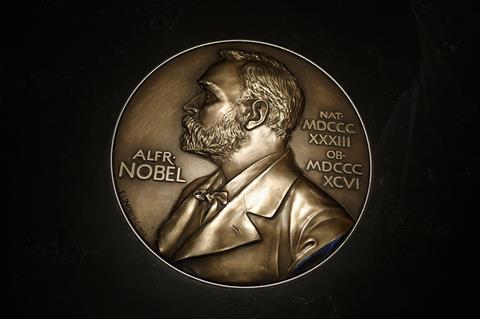
Clarivate, Web of Science provider, has published its annual list of citation laureates – researchers whose work is among the top 0.01% of the most frequently cited publications, each having 2000 or more citations. The list includes 22 exceptional scientists and economists spanning six countries whose work has been considered deserving of a Nobel prize, according to analysis conducted by the Institute for Scientific Information (ISI). Of these, six individuals have been selected as candidates for the chemistry prize.
Physicists Roberto Car, from Princeton University, US and Michele Parrinello at the Italian Institute of Technology, were recognised for their ‘revolutionary’ Car–Parrinello molecular dynamics – a computational technique that enables more efficient simulations of molecular dynamics. This helps researchers better understand chemical reactions and material behaviour at the atomic level.
Before the duo published their seminal paper in Physical Review Letters in 1985, electronic structure calculations and molecular dynamics of atoms were isolated concepts. This restricted their application to the realistic simulation of condensed matter at finite temperature to specific cases. The Car–Parrinello technique combines principles from quantum mechanics, which explains how electrons move, with classical molecular dynamics, which simulates atoms’ movements, thereby allowing a wider range of disordered and realistic material systems to be studied. Unlike the discovery of a new molecule or phenomenon, the success of a computational technique is often hard to gauge at its inception. However, after nearly 40 years, the Car–Parrinello method has proven to be groundbreaking in computational materials science, with applications across the realms of solid-state physics to chemistry and biology.
Next on the list are John Jumper, director of Google DeepMind; Demis Hassabis, chief executive of Google DeepMind; and biochemist David Baker from the University of Washington. They were recognised for their contributions to predicting protein structure that led to the creation of AIs, such as RoseTTAFold and AlphaFold, that can generate exceptionally accurate three-dimensional models of proteins. Released in May 2024, the third generation of AlphaFold is a significant advance, offering structural insights into biomolecular interactions and predicting ~80% of protein–ligand complexes within an experimental error of 2Å. Jumper and Hassabis were awarded the 2023 Breakthrough Prize in Life Sciences for their work on protein structure prediction.
Finally, Kazunari Domen from the University of Tokyo in Japan, has been selected for his pivotal work on light-activated catalysts that harness sunlight to drive water-splitting reactions, a key step in producing clean hydrogen fuel. While many photocatalysts can absorb light and initiate the water-splitting reaction, they often degrade quickly, produce unwanted byproducts or fail to harness enough sunlight. In a crucial paper published in Nature in 2020, Domen’s lab prepared photocatalysts that enabled almost perfect conversion of light to hydrogen, thereby paving the way towards sustainable and economically viable hydrogen production.
Since 2002, ISI experts have identified 75 citation laureates before their Nobel prize wins. Notable examples include 2020 winners Jennifer Doudna and Emmanuelle Charpentier, and 2019 laureate John Goodenough, all of whom were citation laureates in 2015.
In the scientific community, predictions based on intuition and expertise are also emerging, with a poll run by Chemistry Views having received over 600 responses. The poll predicts this year’s winner to be an American biochemist. The top contender, with 159 votes, is Chi-Huey Wong, a biochemist at the Scripps Research Institute, San Deigo who is known for his pioneering research on glycobiology. Wong’s contribution to carbohydrate synthesis and research has earned him the American Chemical Society’s Arthur C Cope award, the Wolf Prize in Chemistry and the Royal Society Of Chemistry’s Robert Robinson Award.
Among other researchers highlighted are Shankar Balasubramanian from the University of Cambridge, for his work on next-generation sequencing and nucleic acid chemistry, and Omar Yaghi, from the University of California, Berkeley, for his work on MOFs and covalent-organic frameworks. Balasubramanian won the Breakthrough Prize in Life Sciences in 2022 and Yaghi received the Tang Prize for Sustainable Development in June 2024.
The chemistry Nobel prize will be awarded on Wednesday 9 October at the Royal Swedish Academy of Sciences in Stockholm. Chemistry World will provide live updates on all developments that day, leading up to and following the prize announcement at 10.45am BST.
Correction: The contribution David Baker made to protein prediction and the AIs that resulted was clarified. Michele Parrinello’s affiliation is no longer ETH Zurich and this was updated on 1 October 2024.


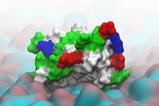


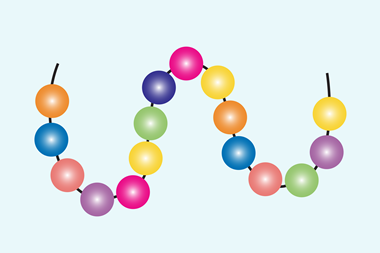
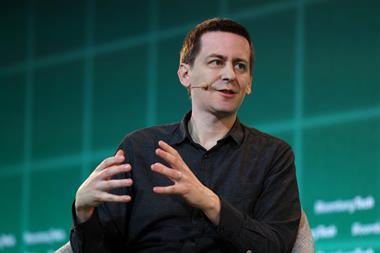


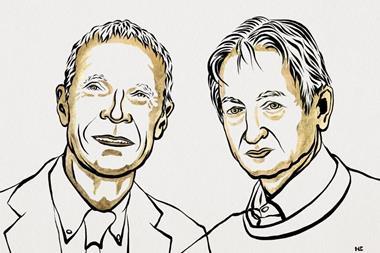







No comments yet